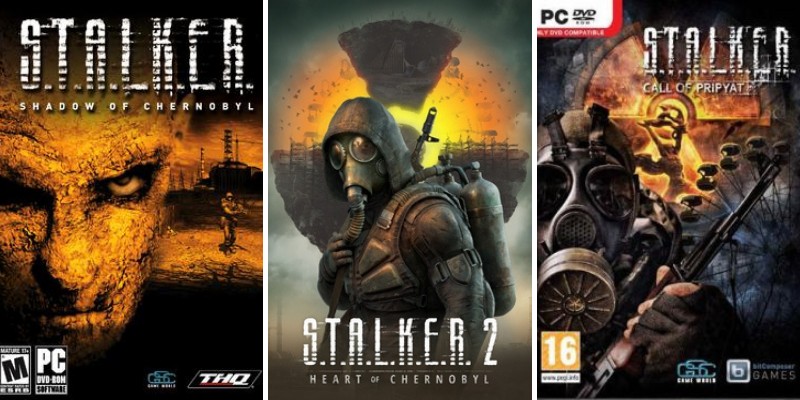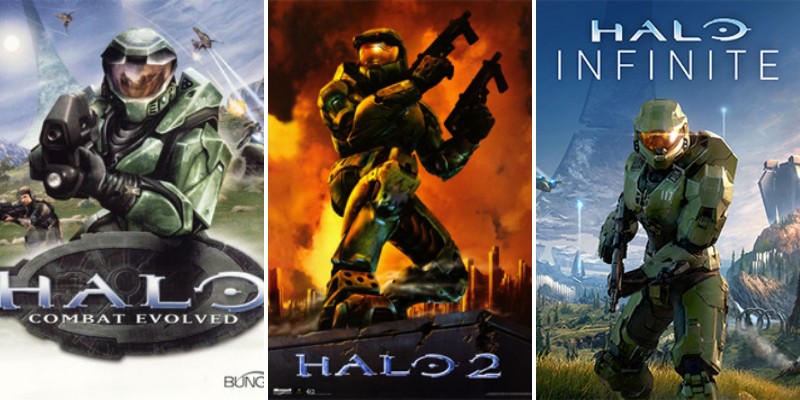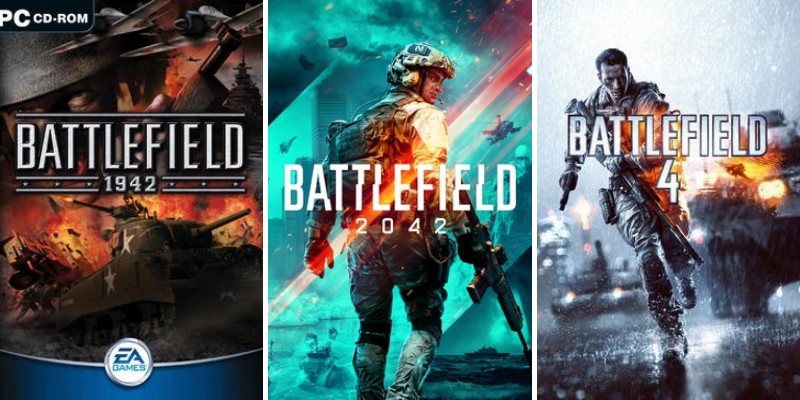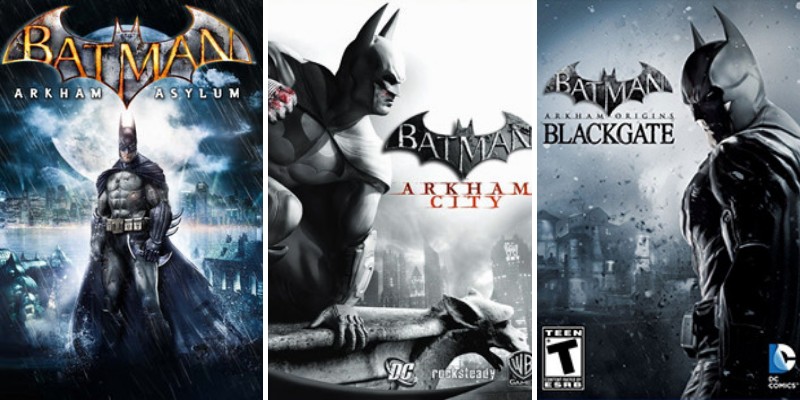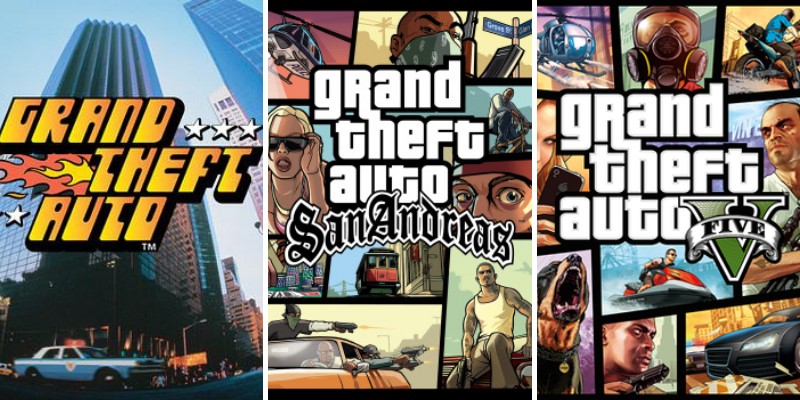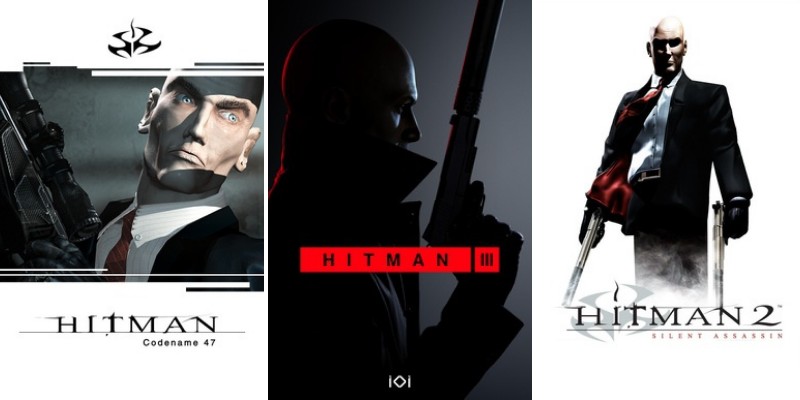Pokemon is one of the most popular game franchises in the entire world. Its “pocket monsters” end up on the televisions and in the pockets and hands of children in more countries than you might think.
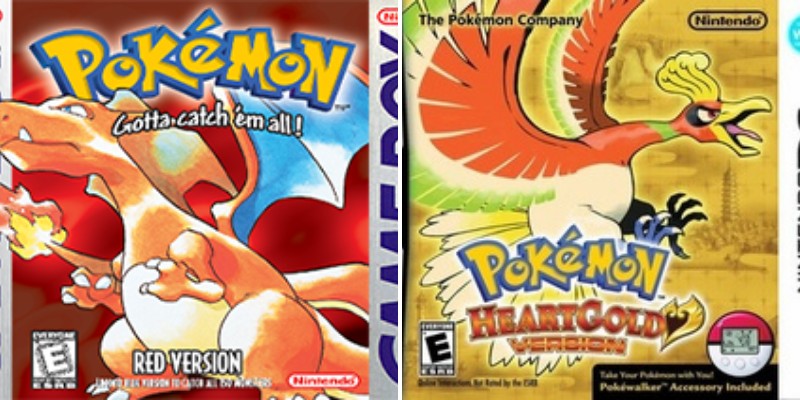
However, it all started as a video game where you collect Pokemon and train them to fight other Pokemon in many colorful environments.
Here’s how the games stack up, going chronologically.
In the list below we’ll describe and discuss each Pokemon Game Edition from the order they were released, so let’s have a look now.
Red and Green (1996)
The first true Pokemon game came out in 1996 in Japan. They were actually two different colored versions of the same game, so there was literally a red-colored and a green-colored one.
Just like many other games in the line that follows, there are 8 gyms you visit to defeat the Pokemon of the gym and advance in the game.
Blue (1996)
Pokemon Blue came out for the Game Boy in 1996. It has the same role-playing type gameplay that Pokemon becomes known for in general.
It’s worth noting that this game is different than the Blue version that came out in 1996.
Blue is known for great strategy, replay, and more. It’s a fun game for trading your Pokemon around.
The Pokemon on the cover is known as Blastoise and it’s a powerful Pokemon. It was one of the top Game Boy games of its day, which is impressive since it was a dense field at the time.
Yellow (1998)
Due to the eventual popularity of the Pokemon show, this game, officially called Pokemon Yellow Version: Special Pikachu Edition came out.
It focused on one of the most popular Pokemon characters from the show, namely the electric yellow creature known as Pikachu.
He would say his name in different expressive ways and had cute red cheeks. The game is set in the area of Kanto, which is similar to the real region in Japan.
Unlike in previous games where you get to choose your starter Pokemon, this one starts with Professor Oak, the mentor figure in the game, catching a Pikachu in the wild, which becomes the main Pokemon that you start the game with as you set out on your adventures
Red and Blue (1998)
Again, these were two colored versions of the same game, where you could get either the Red or the Blue version.
Depending on which game you bought, you would start with a different monster based on color.
The Red game featured Charizard, for example, which was the final form of a monster you could get at the beginning, Charmander.
Pokemon has an evolution system where smaller Pokemon grow into bigger versions of themselves throughout the game.
There was even a special option called Pokemon Green that came out in Japan that had a different monster altogether, with a green coloration. This game also came out for Game Boy, like most of the Pokemon games
Gold and Silver (1999)
This game again used the theme of having two different colors for the same game, affecting what Pokemon you get when you first start one of the games.
It came out for the Game Boy Color, a portable gaming system that had colors now, unlike the original.
The Pokemon Gold or Pokemon Silver game had some new features. This included a time system that used the system’s actual internal clock to keep track of whether it was day or night.
Crystal (2000)
Pokemon Crystal came out for Game Boy Color. It is a similar game to the Gold and Silver option and it’s considered the last offering from Pokemon generation 2.
It’s actually the last game to come out for Game Boy Color. Much later on, in January 2018 it was ported to the Nintendo 3DS Virtual Console so you can play it there.
There are now features for Crystal which include being able to choose male or female for the main character.
There are now little animations when Pokemon enter battle from the main screen, such as little flames appearing on their back.
There’s also now the Pokemon Stadium option where you can play against other players pitting your Pokemon against them.
Ruby and Sapphire (2002)
Like in previous editions, you can get either the Ruby or Sapphire versions of this game, with different Pokemon available at the start of each.
The game is available for the Game Boy Advance, and it was one of the first games available in this manner.
There was a third option that eventually came out, called Emerald, with an appropriately colored box.
If you add up the sales of all three versions, it comes out as the best-selling Game Boy Advance games ever. They were actually remade as an updated version in 2015.
In terms of plot, this game takes plays in the land of Hoenn, and there are gyms for each section.
The game had new features like how Pokemon are saved, and specialty pokeballs like the Repeat Ball, which makes it easier to catch Pokemon you’ve caught before, and the Premiere ball, which is commemorative.
Other Pokeballs had high rates of catching specific types of Pokemon.
FireRed and LeafGreen (2004)
This game is specifically a kind of remake of the Red and Green game from 1996.
This one is available for Game Boy Advance. It has the same usual features as always, playing from overhead, having turn-based battles, and role-playing elements.
It’s also compatible with the GBA Wireless Adapter, making it so you can connect with and fight your friends wirelessly.
The game was fairly well-received, with a Metacritic score in the low 80s.
The game is overall a remake, but it has extra elements that weren’t in the original, like showing your last 4 moves from before you saved when loading a game, and making it so that you can look up information at any point.
There’s a max Pokemon number in this game of 350 if you connect with other players who have other games over the wireless adapter.
Emerald (2004)
Emerald is designed for Game Boy Advance, with possible ports coming way later.
This game is actually a version of the Ruby and Emerald game that came out earlier.
Most options are the same, such as your character being a trainer. You’re still trying to defeat the Pokemon in gyms from the area.
There’s also a side plot where you have to defeat criminal Pokemon trainers.
Other elements besides fighting include that you can participate in contests where you can try to have the “Coolest” Pokemon, or other superlatives like smart, tough, and others.
The game got an OK score in the mid-70s but is clearly not considered the best game in the series by most.
Diamond and Pearl (2006)
This game is the first one that updated to the Nintendo DS system. As usual, you could buy either version of the game for identical gameplay besides minor differences like which Pokemon you can get at the beginning.
As usual, the game follows you as a Pokemon trainer as you capture and train your Pokemon and stop a criminal organization known as Team Galactic.
It added 107 new Pokemon into the game The game was released for the Nintendo DS, introducing generation four of Pokemon games.
The Diamond and Pearl games did fairly well but were not quite on top of the pile for Pokemon games.
There’s actually a Nintendo DS Lite that came out for the games as a specialty system.
Platinum (2008)
Platinum was connected to Diamond and Pearl as a version of that game that’s even stronger.
It is also for the Nintendo DS platform, which stands for double-screen so that you can control the game on one screen and watch what happens on the other.
Some of the new things in the game include a new part of the game called Distortion World which is a place where physics work differently within the normal area called Sinnoh.
The game had a high score in the mid-80s on review sites. Players and critics alike said it was one of the best Pokemon games yet.
The mascot Pokemon for Platinum is called Gitatina, and this time the Pokemon is actually wrapped up in the plot.
HeartGold and SoulSilver (2009)
These two versions of the same game are actual remakes of the Game Boy game Pokemon Gold and Silver. This game is also for Nintendo DS.
The basic way the game works is the same as the original Gold and Silver game.
This means starting the game with a single Pokemon and some Pokeballs for capturing more Pokemon.
Just like in the original, if you find a Pokemon in the wild, you have to fight it, and then you can capture it with a ball.
The new game makes it so that the first Pokemon you get can follow you around in the overworld, where normally you’d only see the Pokemon during battles.
You can actually talk to the Pokemon in the game to see how they feel at the moment. The Pokemon can actually sometimes pick up items all by itself as well.
Black and White (2010)
Just like with other titles, you can get either Black or White for slightly different versions of the same game.
The versions often determine which Pokemon you get at the beginning and possible other differences.
The cover art for Black features Reshiram, which is a legendary Pokemon in the game. The game added over 150 Pokemon to the game, which is one of the highest amounts.
There’s also a feature where you have to trade Pokemon back and forth between players of each game to fully flesh out your Pokedex, or the Pokemon encyclopedia that exists in-game.
This game features improved graphics, speech balloons for individual characters, and more.
Black 2 and White 2 (2012)
The sequel to Black and White allows you to pick which specific game you want, including the White 2 Version or the Black 2 Version.
This game is again for the DS from Nintendo. The sequel follows a trainer, the player, as they try to get to the top of the area of Unanova in a timeline two years after Black and White happened.
The plot involves stopping the criminal group known as Neo Team Plasma, which is the new version of the old Team Plasma from the first game.
This new game has a new feature called PokeStar Studios. It’s a side game where you make movies with Pokemon.
There’s also a World Tournament option where you can directly play against other champions from other games. Examples include Misty and Brock from the early games.
Pokemon X and Y (2013)
This is the first set of games that came out from the platform Nintendo 3Ds, which is like a DS system but has the additional ability to show game graphics with an apparent third dimension.
The new region for the game is called Kalos, and it’s based on the real area of France. There are over 70 new Pokemon in this game. The cover for Pokemon X has the Legendary Xerneas on it.
There are many new features in this game, like adding a new Type of Pokemon called a fairy to be added to other types like Water, Fire, Psychic, and so on.
Additionally, there’s a new concept called mega Evolution that pairs with Super training for even higher potential power on a Pokemon.
Omega Ruby and Alpha Sapphire (2014)
This particular set of Pokemon games match up with the Ruby and Sapphire games from 2002 because they are remakes.
They also came out for the 3DS. They have more modern Pokemon features than Ruby and Sapphire did, and they also have features like making TM use unlimited and using the concept of triple battles.
The game also added its own features like Primal Reversion so that you can go back on evolution to previous states. You can also fly around the Hoenn area using the Pokemon Latios.
Sun and Moon (2016)
This game set came out for the Nintendo 3DS. It’s set in the fictional Alola region which is modeled after Hawaii. Each game version has a similar plot.
Like with other games in the series, you have to trade with a friend who has the other version to get access to information about all the Pokemon in your Pokedex.
The games were tremendously popular. In fact, they sold faster than just about any other game Nintendo had ever sold. At the time, they were actually the third-best-selling.
Ultra Sun and Ultra Moon (2017)
The sequel to the previous title includes games for the platform 3DS. The mascot for these games, the picture on the covers, includes versions of the Legendary Pokemon Necrozma.
The new features for this game include new Ultra Beasts, including Blacephalon.
There are also new forms for the legendary Pokemon Necrozma. In order to get these forms, you have to absorb some other legendary Pokemon.
There’s a side option to collect Totem Stickers around the region. And there are new activities including surfing the nearby seas.
The story has to do with a child moving to an island in the Alola region known as Melemele.
Let’s Go, Pikachu! And Let’s Go Eevee! (2018)
These games are remakes of the Pokemon Yellow game. The game is playable on the Nintendo Switch platform.
New features beyond the usual training and fighting of Pokemon now include using the switch to trade or fight other trainers either on local networks or through the Internet.
You can also use the Poke Ball Plus controller. This is a controller in the shape of a Poke Ball. It has a stick on it, or you can use motion to act like you are actually capturing a Pokemon like a trainer in the game would.
You can’t evolve your Pikachu or Eevee, depending on which you get. However, you can evolve the other Pokemon in the game.
The plot for this game is basically the same as the one from Yellow. It’s a testament to the huge popularity of the original game that they re-released it. The new game was popular too, coming out with reviews in the mid-80s again.
Sword and Shield (2019)
This one is another Nintendo Switch game. It’s based in a region called Galar, which is modeled after the U. K.
The goal of the game is to beat the champion of the region, named Leon. The game added 88 new Pokemon between the two versions of Sword and Shield.
The game didn’t include pre-existing Pokemon, and this was something that many fans reacted negatively to since most old games had that option. The game still did well according to critics, however.
New features included cooperation for raids, as well as processing for making Pokemon extra large. There’s also a Wild Area to explore.
Brilliant Diamond and Shining Pearl (2021)
The Brilliant Diamond and Shining Pearl game are meant to be a remake of the Diamond and Pearl game versions.
It is coming out for the Nintendo Switch in November 2021. It’s expected that the game will be similar to the original, and have options a lot like other remakes.
The game will be in the fictional Sinnoh region which was based on Hokkaido within Japan in the original games. Not everything is known about the game as of yet.
Legends: Acreus (2022)
The Acreus game is coming out for Nintendo Switch, and it’s actually going to be a prequel to the Diamond and Pearl game.
It will be released in January 2022. It has the usual role-playing elements associated with Pokemon, as well as the open-world option called the Wild Area that was released in Sword and Shield.
It’s set in a different era in the past of Sinnoh. It makes it so you can go into the open area and capture Pokemon with other trainers without fighting them.
